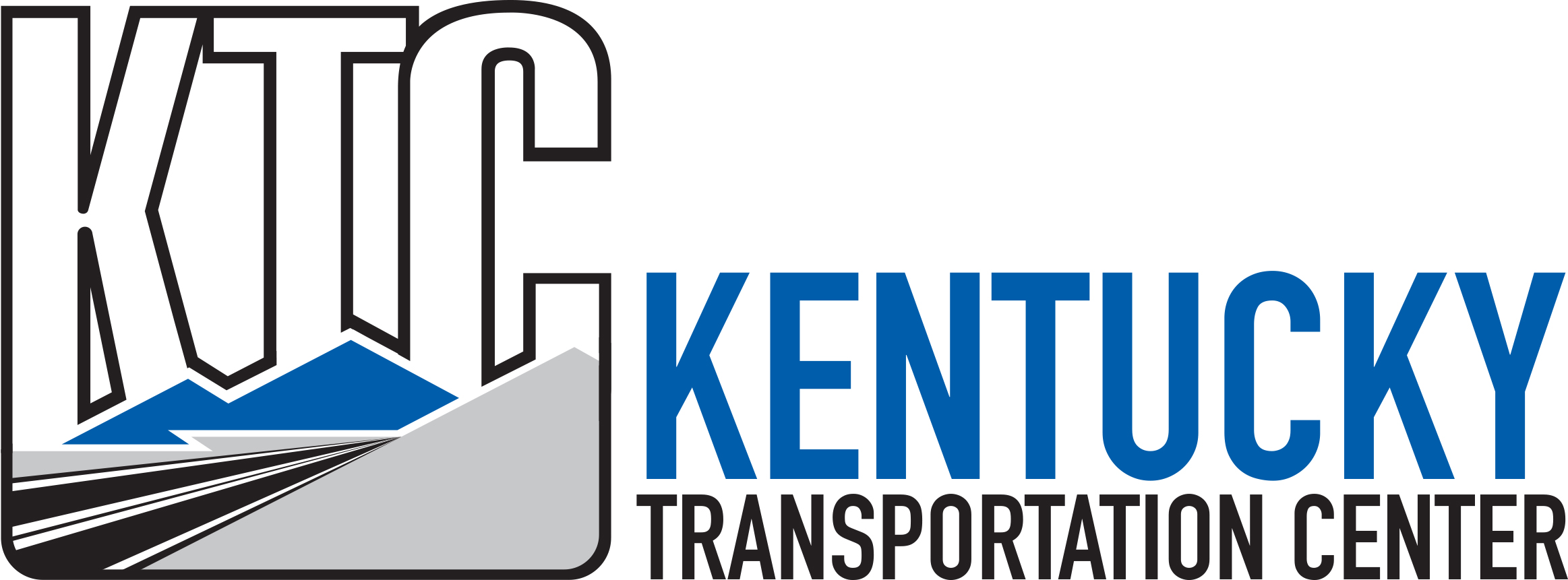Abstract
The objectives of the study were to examine the safety consequences from the installation of U-turns at signalized intersections in Kentucky and to develop a set of guidelines for using this alternative in the future. The literature review indicated that the use of U-turns is very effective in reducing delays as well as crash rates. The most efficient configuration is that of stop-controlled median U-turns. An analysis of the crash data shows that the U-turn design in the Kentucky locations did not result in a large number of crashes involving U-turning vehicles. Also, at the Somerset location where the design eliminated median crossovers between intersections, there was a decrease in total crashes. Potential factors that could affect the implementation of U-turns at intersections were examined. Using delay time as a measure of effectiveness, it was concluded that the presence of the U-turn enhances the operation of the corridor most likely due to the more efficient processing of vehicles at the downstream intersection. The study recommends that U-turns should be considered for corridors with peak volumes greater than 1,500 vph or for cases where the expected total turn volume is greater than 20 percent of the total approach volume.
Report Date
6-2004
Report Number
KTC-04-12/SPR258-03-3F
Digital Object Identifier
http://dx.doi.org/10.13023/KTC.RR.2004.12
Repository Citation
Stamatiadis, Nikiforos; Kala, Teja Banu; and Agent, Kenneth R., "U-Turns at Signalized Intersections" (2004). Kentucky Transportation Center Research Report. 210.
https://uknowledge.uky.edu/ktc_researchreports/210



Notes
The contents of this report reflect the views of the authors, who are responsible for the facts and accuracy of the data presented herein. The contents do not necessarily reflect the official views or policies of the University of Kentucky, the Kentucky Transportation Cabinet, or the Federal Highway Administration. This report does not constitute a standard, specification, or regulation. The inclusion of manufacturer names or trade names is for identification purposes only and is not to be considered an endorsement.